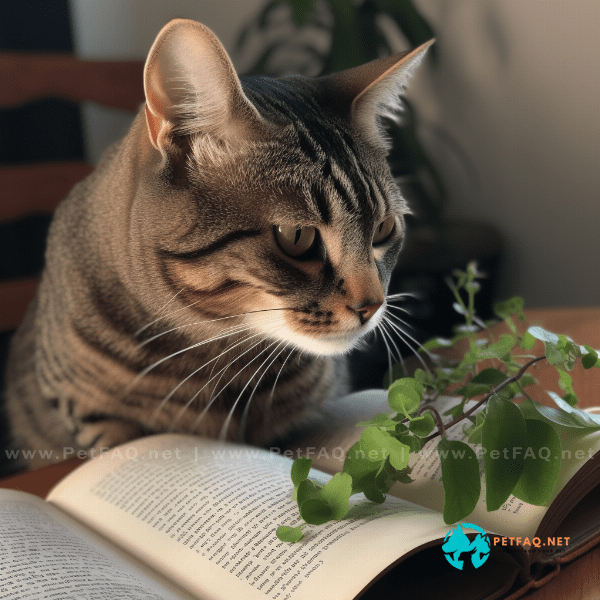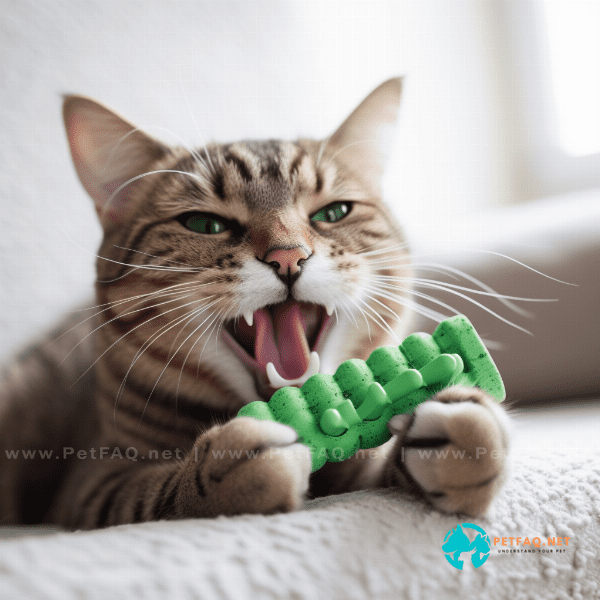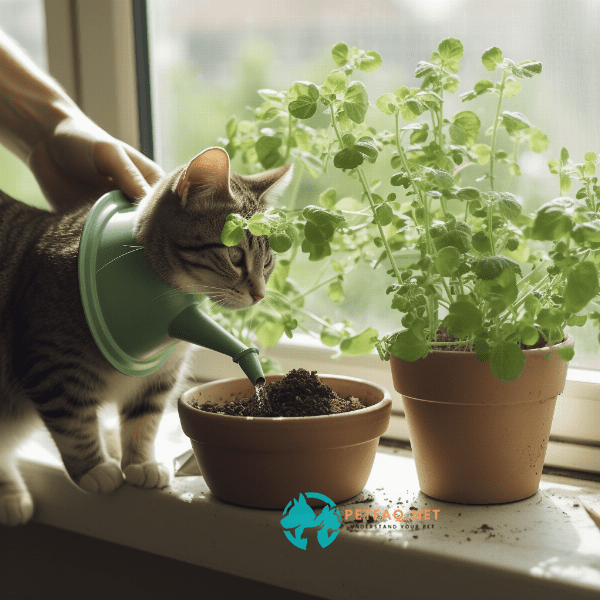Table of Contents
- What is Catnip and How Does it Work on Cats
- The Science Behind Catnip’s Effect on Felines
- Do All Cats Respond to Catnip Exploring Variations in Feline Reactions
- Catnip vs. Other Feline Stimulants: A Comparison
- Is Catnip Safe for Cats to Consume Addressing Concerns and Risks
- Can Cats Become Addicted to Catnip Understanding Feline Behavior and Addiction
- The Benefits of Catnip: How it Can Help Improve Your Cat’s Health and Well-being
- Using Catnip for Play and Training: Tips and Tricks for Cat Owners
- Growing and Harvesting Catnip: A Guide for Cat Lovers and Gardeners
- Conclusion: Understanding Your Cat’s Relationship with Catnip and Other Feline Stimulants.
What is Catnip and How Does it Work on Cats
Catnip, also known as Nepeta cataria, is a perennial herb that belongs to the mint family. This herb is native to Europe and Asia, but it is commonly found in North America as well. The plant produces a chemical compound called nepetalactone, which is what attracts cats.
How Does Catnip Work on Cats
When Cats smell catnip, it stimulates their olfactory receptors, which sends a signal to their brain. This signal causes a release of dopamine, a neurotransmitter associated with pleasure and reward, in the cat’s brain. As a result, cats experience a range of behaviors, including rolling, rubbing, licking, and playing.
Do Cats Like Catnip
Many cats love catnip, but not all cats have the same response to it. Some cats may be more sensitive to nepetalactone than others, and therefore, may have a stronger reaction to catnip. However, some cats may not be affected by catnip at all.
Cats typically experience the effects of catnip for about 10 to 15 minutes. After this time, their response to catnip will diminish, and they will become less interested in it. However, after a period of time, the cat’s response to catnip will return to normal.
How to Introduce Catnip to Your Cat
If you’re not sure whether your cat likes catnip, you can introduce it to them by rubbing the leaves or flowers on a toy or scratching post. You can also try giving them catnip treats or toys.
It’s important to note that not all cats respond to catnip, and some cats may have an adverse reaction to it. If your cat does not seem interested in catnip or has a negative reaction, do not worry. Your cat’s lack of response to catnip does not indicate that there is something wrong with them.
In conclusion, catnip is a natural stimulant that can have a positive effect on your cat’s mood and behavior. Whether or not your cat likes catnip depends on their individual sensitivity to nepetalactone. If your cat does like catnip, it can be a fun and safe way to engage with them and promote their overall well-being.
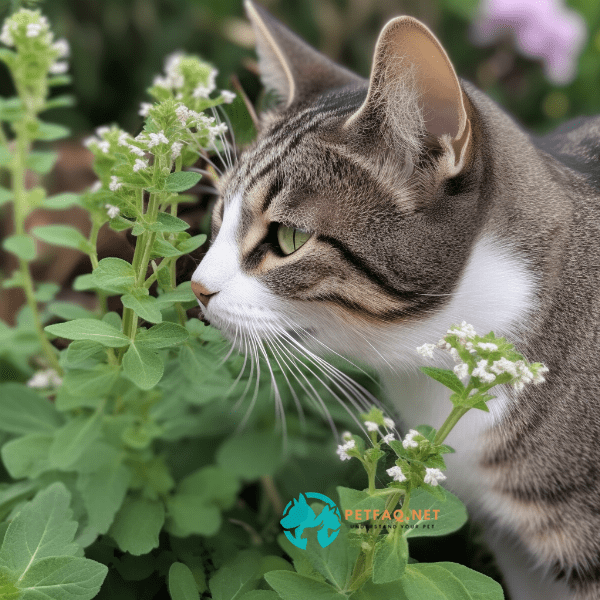
The Science Behind Catnip’s Effect on Felines
Catnip has been studied extensively by scientists to understand how it works on cats. The active compound in catnip, nepetalactone, is known to affect cats in a variety of ways.
The Role of Olfactory Receptors
When cats smell catnip, the nepetalactone binds to their olfactory receptors, which are located in the nasal cavity. These receptors are responsible for detecting odors and are connected to the brain. When the nepetalactone binds to these receptors, it triggers a response in the brain that leads to the characteristic behaviors associated with catnip.
The Release of Dopamine
The release of dopamine in the brain is a key factor in catnip’s effect on cats. Dopamine is a neurotransmitter that is associated with pleasure and reward. When cats are exposed to catnip, the nepetalactone triggers the release of dopamine in their brains, which leads to feelings of euphoria.
The Role of Genetics
It has been found that the response to catnip in cats is partly determined by genetics. Some cats have a specific gene that makes them more sensitive to nepetalactone, and therefore, more likely to have a stronger reaction to catnip. However, not all cats have this gene, which explains why some cats do not have a reaction to catnip at all.
In conclusion, the science behind catnip’s effect on felines is fascinating. Catnip stimulates the olfactory receptors in cats, leading to a release of dopamine in their brains, which causes pleasurable sensations. Additionally, genetics plays a role in how cats respond to catnip. While not all Cats like catnip, for those that do, it can provide a fun and safe way to engage with them and promote their overall well-being.

Do All Cats Respond to Catnip Exploring Variations in Feline Reactions
Not all cats have the same reaction to catnip. While some cats may roll around in ecstasy when exposed to it, others may not show any interest at all. In fact, studies suggest that around 30% of cats are not affected by catnip.
Sensitivity to Nepetalactone
One reason why some cats may not respond to catnip is their sensitivity to nepetalactone. Some cats may have a genetic variation that makes them less sensitive to the compound, which means that they do not experience the characteristic behaviors associated with catnip.
Age and Gender
Another factor that can affect a cat’s response to catnip is their age and gender. Kittens under three months old and senior cats over the age of ten are less likely to respond to catnip than adult cats. Additionally, male cats are more likely to respond to catnip than female cats.
Individual Preferences
Just like humans, cats have their own individual preferences when it comes to smells and tastes. Some cats may simply not like the smell of catnip, while others may prefer other types of scents or toys. It’s important to remember that not all cats are the same and that each cat is an individual with their own unique personality and preferences.
In conclusion, not all cats respond to catnip, and there are a variety of factors that can influence a cat’s reaction to it. While sensitivity to nepetalactone, age, and gender can play a role, individual preferences also contribute to a cat’s response to catnip. If your cat does not like catnip, do not worry, as there are many other ways to engage with your feline friend and promote their well-being.
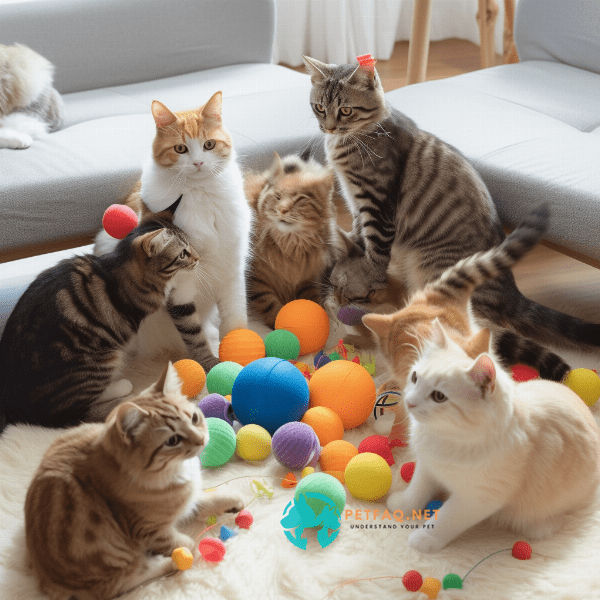
Catnip vs. Other Feline Stimulants: A Comparison
Catnip is not the only substance that can stimulate cats. There are several other feline stimulants that cat owners may want to consider.
Silver Vine
Silver vine is a plant that is native to Japan and China. Like catnip, it contains nepetalactone, but it also contains other compounds that can have a stronger effect on cats. Some cats that do not respond to catnip may respond to silver vine.
Valerian Root
Valerian root is a natural sedative that can have the opposite effect of catnip. While catnip stimulates cats, valerian root can help calm them down. However, it has a strong odor that some cats may not like.
Tatarian Honeysuckle
Tatarian honeysuckle is another plant that can stimulate cats. It contains a compound called actinidine, which can have a similar effect to nepetalactone. Some cats may prefer tatarian honeysuckle to catnip.
Matatabi
Matatabi is a plant that is native to Japan and is similar to silver vine. It contains a variety of compounds that can stimulate cats, including actinidine, which is also found in tatarian honeysuckle.
In conclusion, while catnip is a popular feline stimulant, there are several other substances that can also stimulate cats. Silver vine, valerian root, tatarian honeysuckle, and matatabi are all natural alternatives to catnip that can provide a fun and safe way to engage with your cat. However, just like with catnip, not all cats may like these other substances, and it’s important to pay attention to your cat’s individual preferences and reactions.
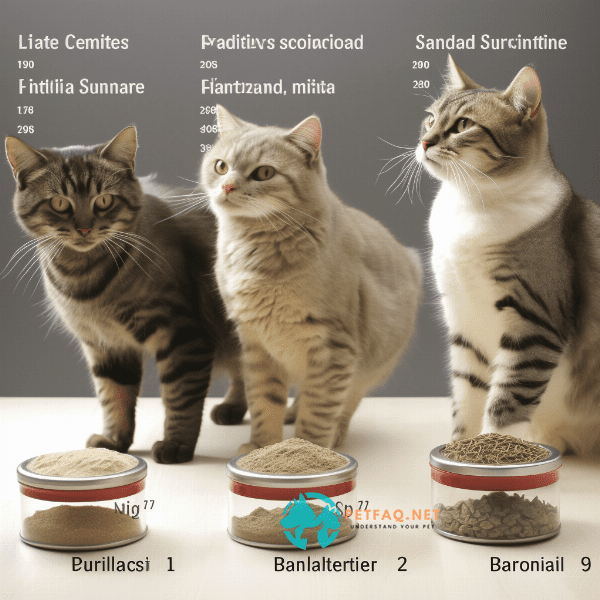
Is Catnip Safe for Cats to Consume Addressing Concerns and Risks
Catnip is generally considered safe for cats to consume, but there are some concerns and risks to be aware of.
Overconsumption
If cats consume too much catnip, it can cause vomiting or diarrhea. Additionally, if a cat ingests a large amount of catnip, it can cause them to become overly sedated, which can be dangerous. Therefore, it’s important to monitor your cat’s use of catnip and not give them too much at once.
Adverse Reactions
While most cats enjoy catnip and do not have any adverse reactions to it, some cats may have an allergic reaction to the plant. Symptoms of an allergic reaction can include sneezing, coughing, and difficulty breathing. If your cat experiences any of these symptoms after being exposed to catnip, discontinue use immediately and contact your veterinarian.
Interactions with Medications
Catnip can interact with certain medications, such as sedatives or antihistamines. If your cat is taking any medications, it’s important to talk to your veterinarian before giving them catnip.
Safe Use of Catnip
To ensure the safe use of catnip, it’s important to monitor your cat’s behavior while they are using it. Additionally, make sure to store catnip in a safe place where your cat cannot access it and only give them small amounts at a time. If you have multiple cats, it’s also a good idea to give each cat their own catnip toy or treat to avoid any competition or aggression.
In conclusion, catnip is generally safe for cats to consume, but there are some concerns and risks to be aware of. Overconsumption and allergic reactions are possible, and catnip can interact with certain medications. However, with proper use and monitoring, catnip can provide a safe and enjoyable way to engage with your cat and promote their overall well-being.
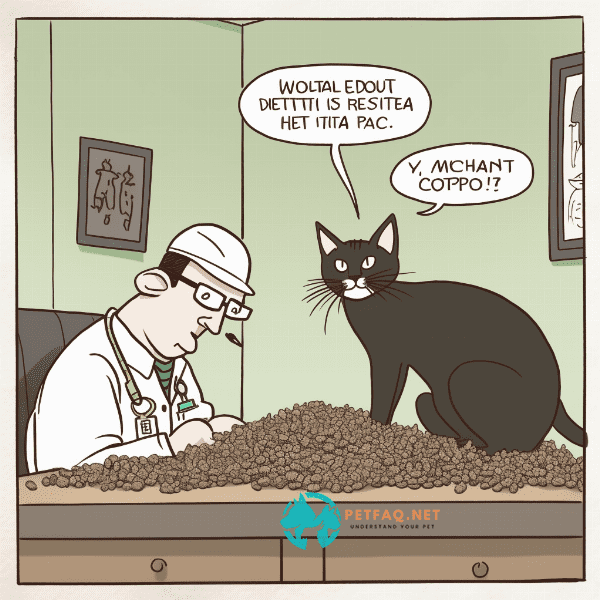
Can Cats Become Addicted to Catnip Understanding Feline Behavior and Addiction
While catnip is generally considered safe for cats to use, some cat owners may wonder if their cats can become addicted to it.
Understanding Feline Behavior
First, it’s important to understand that cats do not become addicted to catnip in the same way that humans can become addicted to drugs or other substances. Cats are not capable of developing an addiction to catnip in the same way that humans can develop an addiction to drugs or alcohol.
The Effects of Catnip
While cats may enjoy the effects of catnip, these effects are typically short-lived, and the cat’s response to catnip will return to normal after a period of time. Additionally, the effects of catnip are not powerful enough to cause long-term changes in a cat’s behavior or brain chemistry.
Signs of Overuse
While cats cannot become addicted to catnip, they can become overstimulated or agitated if they are exposed to too much of it. Signs of overuse may include restlessness, hyperactivity, and excessive grooming. If you notice these signs in your cat, it’s important to limit their exposure to catnip.
Promoting Safe Use
To promote safe use of catnip, it’s important to monitor your cat’s behavior while they are using it. Additionally, only give your cat small amounts of catnip at a time, and do not give it to them too frequently. If your cat shows signs of overuse or becomes agitated after using catnip, discontinue use immediately.
In conclusion, cats cannot become addicted to catnip in the same way that humans can become addicted to drugs or alcohol. While cats may enjoy the effects of catnip, these effects are short-lived and not powerful enough to cause long-term changes in a cat’s behavior or brain chemistry. However, it’s important to monitor your cat’s use of catnip and promote safe and responsible use to avoid overstimulation or agitation.
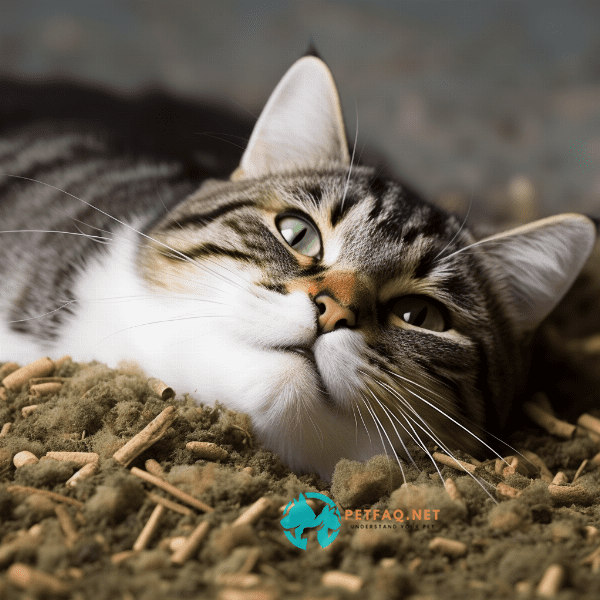
The Benefits of Catnip: How it Can Help Improve Your Cat’s Health and Well-being
Catnip is not just a fun and enjoyable herb for cats; it can also provide several benefits for their health and well-being.
Promotes Exercise
One of the benefits of catnip is that it can promote exercise in cats. When cats are exposed to catnip, they may engage in playful behaviors such as rolling, jumping, and chasing. These activities can help cats stay active and maintain a healthy weight.
Reduces Stress and Anxiety
Catnip can also have a calming effect on cats and help reduce stress and anxiety. The release of dopamine in the brain can help cats feel more relaxed and content. Additionally, the act of playing with catnip can be a stress-relieving activity for cats.
Improves Mental Stimulation
Providing mental stimulation for cats is important for their overall well-being. Catnip can provide a source of mental stimulation for cats, encouraging them to engage in playful and exploratory behaviors.
Enhances Bonding
Engaging with your cat through the use of catnip can also enhance the bond between you and your feline friend. By providing your cat with a source of fun and enjoyment, you can strengthen your relationship and create positive associations with one another.
In conclusion, catnip can provide several benefits for your cat’s health and well-being. It can promote exercise, reduce stress and anxiety, improve mental stimulation, and enhance bonding between you and your cat. By using catnip in a safe and responsible manner, you can provide your cat with a fun and enjoyable experience while also promoting their overall health and well-being.
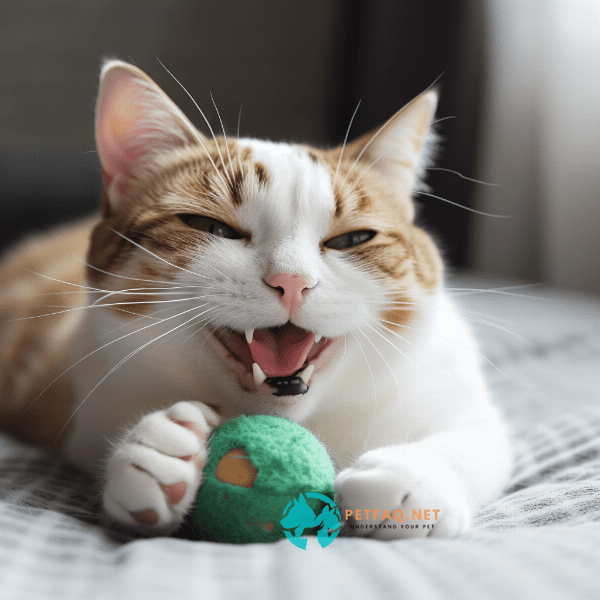
Using Catnip for Play and Training: Tips and Tricks for Cat Owners
Catnip can be a great tool for cat owners to use for play and training. Here are some tips and tricks to help you get the most out of your catnip experience.
Choosing the Right Catnip
When choosing Catnip for your cat, make sure to select a high-quality product. Look for catnip that is fresh and fragrant, and avoid products that are old or stale. You may also want to try different types of catnip, such as silver vine or valerian root, to see which one your cat prefers.
Offering Catnip as a Reward
Catnip can be used as a reward during training sessions. If your cat performs a desired behavior, you can offer them a small amount of catnip as a reward. This can help reinforce positive behaviors and encourage your cat to continue learning.
Using Catnip Toys
Catnip toys are a great way to engage your cat in play and promote exercise. You can use catnip toys to encourage your cat to chase and play, or simply as a way to provide your cat with a source of mental stimulation.
Rotating Catnip Use
To prevent your cat from becoming overstimulated or losing interest in catnip, it’s important to rotate its use. You can offer catnip to your cat once or twice a week, or on special occasions. This will help keep the experience fresh and exciting for your cat.
Using Catnip Spray
Catnip spray can be used to encourage your cat to use a particular object or area, such as a scratching post or a bed. By spraying catnip on the object or area, you can make it more appealing and encourage your cat to use it.
In conclusion, catnip can be a fun and useful tool for cat owners to use for play and training. By choosing the right catnip, using it as a reward, using catnip toys, rotating its use, and using catnip spray, you can provide your cat with an enjoyable and stimulating experience while promoting their overall health and well-being.
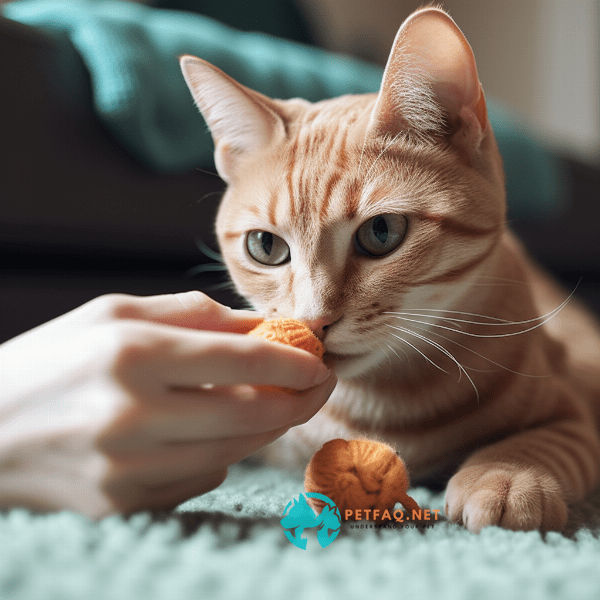
Growing and Harvesting Catnip: A Guide for Cat Lovers and Gardeners
If you’re a cat lover and a gardener, growing your own catnip can be a fun and rewarding experience. Here’s a guide to help you get started.
Choosing a Location
Catnip thrives in well-drained soil and full sun. Choose a location in your garden that receives at least six hours of sunlight per day and has well-drained soil.
Starting from Seeds
You can start catnip from seeds indoors or outdoors. To start from seeds indoors, sow the seeds in a container with well-drained soil and keep them in a warm, sunny location. Once the seedlings have grown to a few inches tall, you can transplant them into your garden.
Caring for Catnip
Catnip is a hardy plant that requires little care. Water your catnip regularly, but be careful not to overwater it. Fertilizer is not usually necessary, but you can add a small amount of compost to the soil around the plant to help it thrive.
Harvesting Catnip
To harvest catnip, wait until the plant has matured and the flowers have bloomed. Cut the stems and hang them upside down in a dry, well-ventilated area. Once the leaves are dry, you can remove them from the stems and store them in an airtight container.
Using Homegrown Catnip
Homegrown catnip can be used in the same way as store-bought catnip. You can use it to make toys, treats, or sprays for your cat, or simply give your cat a few leaves to enjoy on their own.
In conclusion, growing and harvesting catnip can be a fun and rewarding experience for cat lovers and gardeners. By choosing a suitable location, starting from seeds, caring for the plant, harvesting properly, and using it for your cat, you can provide your feline friend with a source of fresh and fragrant catnip while also enjoying the benefits of gardening.
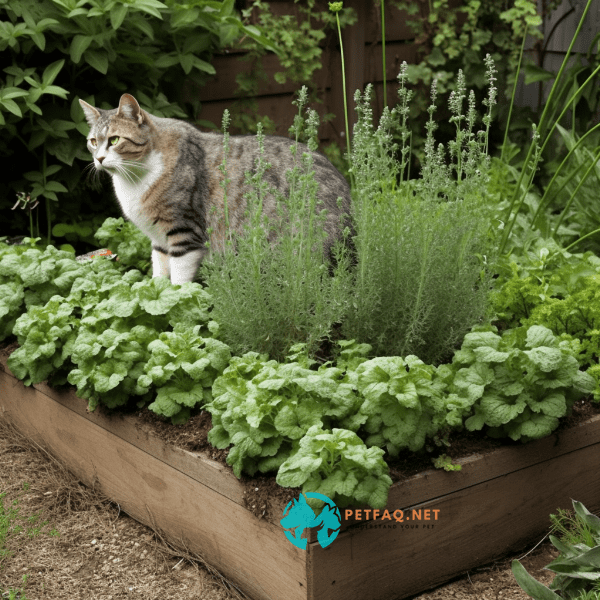
Conclusion: Understanding Your Cat’s Relationship with Catnip and Other Feline Stimulants.
Catnip is a fascinating herb that has captured the attention of cat lovers and researchers alike. By understanding your cat’s relationship with catnip and other feline stimulants, you can provide them with a safe and enjoyable experience while also promoting their overall health and well-being.
Catnip as a Source of Enrichment
Catnip can be a great source of enrichment for cats, providing them with mental and physical stimulation. By using catnip toys, sprays, or treats, you can engage your cat in playful behaviors and promote exercise.
Variations in Feline Reactions
It’s important to remember that not all cats respond to catnip in the same way. While most cats enjoy the effects of catnip, some may not respond at all, and a small percentage may have an adverse reaction. By paying attention to your cat’s behavior and providing them with a safe and appropriate amount of catnip, you can help ensure a positive experience.
Using Catnip Responsibly
To use catnip responsibly, it’s important to monitor your cat’s behavior while they are using it and avoid overuse. Additionally, it’s important to choose high-quality catnip products and store them in a safe place where your cat cannot access them.
Exploring Other Feline Stimulants
While catnip is the most well-known feline stimulant, there are other herbs and plants that can also have a stimulating effect on cats. By exploring other feline stimulants, such as silver vine or valerian root, you can provide your cat with a variety of experiences and promote their overall well-being.
In conclusion, catnip and other feline stimulants can be a fun and enriching addition to your cat’s life. By understanding your cat’s relationship with these herbs and plants, using them responsibly, and exploring other options, you can provide your cat with a safe and enjoyable experience while promoting their overall health and well-being.
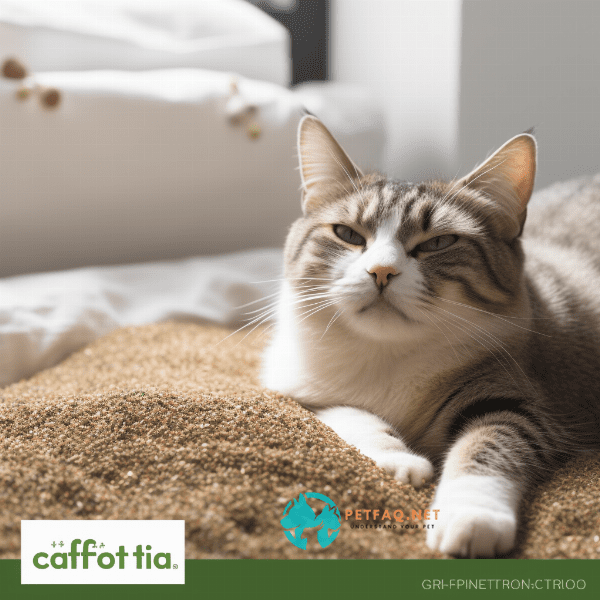
Frequently Asked Questions (FAQs) about do cats like catnip:
1. What is catnip, and what does it do to cats?2. Mellow behavior: Some cats may become more relaxed and calm, rather than hyperactive.
3. Do cats lose their sensitivity to catnip over time, or does the effect remain the same?
4. How much catnip is safe to give a cat, and how often can it be given?
5. Can kittens respond to catnip, or do they have to be a certain age?

